All about heating elements for dishwashers
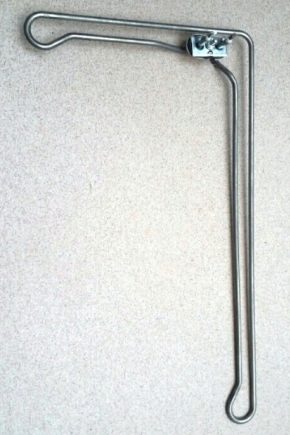
Knowledge of the structure and principles of operation of dishwashers and individual systems can be useful to each of their owners. There are frequent cases of failure in the operation of heating elements, which are responsible for heating water to the desired temperature for washing dishes. It is necessary to figure out where the heating elements are located in specific models of the machine, what type they relate to and how they are replaced if repair is impossible.

Features and purpose
Normal washing of dishes in a dishwasher is largely ensured by an electric heater (TEN) installed in it. If it does not work, then the water will not be able to warm up - and then no properly selected reagents will compensate for this problem. In cold water, it is unlikely that it will be possible to wash dirty dishes normally.
Some models of dishwashers have the ability to be connected to hot water pipes. But it is not always possible to count on such versatility. In addition, the main water at CHPPs is supplemented with a large number of reagents. Protection against their penetration on the dishes, although possible, is rather complicated and expensive. Therefore, it is best to avoid problems with the heater beforehand by always using plain cold water. The heating element transfers its heat to it.

The heating element is nothing extraordinary in the physical sense. Like other similar devices found in everyday life and in other areas, it uses the effect of heat release on a material with high electrical resistance. Sometimes a pair of heaters is used at once. The second one is responsible for drying dishes.
It should be noted that the heating element is not located in the main water channel, as other users often assume. It would simply be dangerous in many ways. To accommodate the heating unit, a special insulated compartment is used, where water is supplied through a special line. A very important point - in all modern models, the operation of the heating element is controlled by a heating sensor. In case of excessive heat, the automation immediately turns off the system, preventing unwanted consequences.
The turbidity sensor avoids excessive scale build-up.
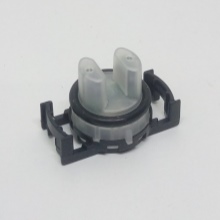
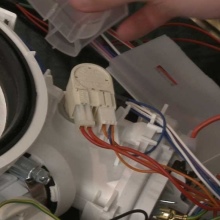
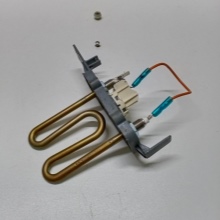
Views
These components of dishwashers do not differ in a special variety of options. But this is even for the best for the users. A simple tubular heater is inexpensive. It consumes relatively little current. However, the total operating time of the heating elements is not very long.
There is also another - flow-through - option. The main component of this design is the tube. Water moves along it in a given mode, which is carefully calculated by engineers. When moving, the liquid gets a certain temperature. The process takes less time than in the classic version.
However, the current consumption increases, which is not always compensated by the extension of the service life.

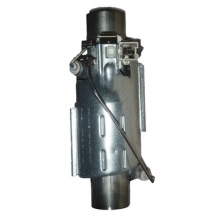
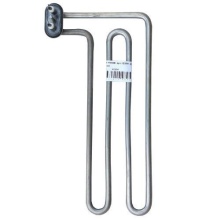
How to check?
In many cases, it is impossible to visually understand whether the device is still operational or not. Measurement of electrical resistance with a multimeter will help to assess the situation. Even the simplest household multimeter or tester is suitable for work, but it is still better to give preference to certified samples. The required resistance level is determined quite simply: you just need to divide the mains voltage by the power of the device.
The sequence of steps is as follows:
- disconnect the wire from the mains;
- put the switching mechanism of the multimeter in the desired range;
- attach the grooves to the proper places;
- fix the obtained value and draw conclusions.

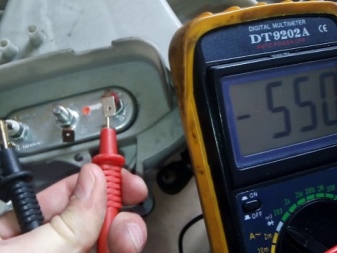
The interpretation of the indications is also not difficult:
- exact compliance with the calculated indicator - full serviceability of the heating element;
- zero value - short circuit in the spiral;
- one or infinity - a break in the spiral.
But simple resistance measurement isn't everything. It is important to check if there is a current breakdown to the case. The necessary information is again provided by connecting a multimeter. The measuring device must be switched to buzzer mode. Then the probes touch the body and alternately - the heater contacts.
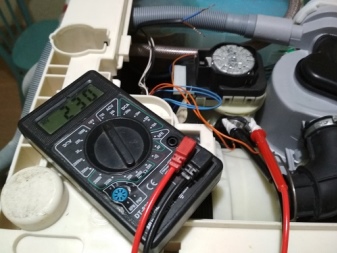
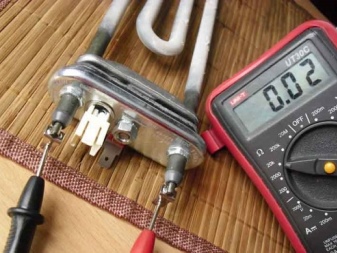
Breakage signs
But, of course, you shouldn't constantly check the device. It is necessary to focus primarily on critical moments, which just say that the heating element burned out or broke. Almost all dishwashers with intelligent control panels inform users about breakdowns with special error codes. Water problems are usually indicated by code "09". Sometimes a letter of the Latin alphabet is added to it (more precisely, you need to find out in the instructions and technical passport of the unit).
You can also assume that the heating element has failed due to the state of the dishes. More precisely, by the fact that after the end of the regular washing cycle it remained dirty. The formation of scale will also be a cause for alarm. It is easy to find it even with a superficial examination.
And one more thing: the breakdown of the heater is undoubted, if the dishwasher stopped working after a power surge or a short-term power outage at home.
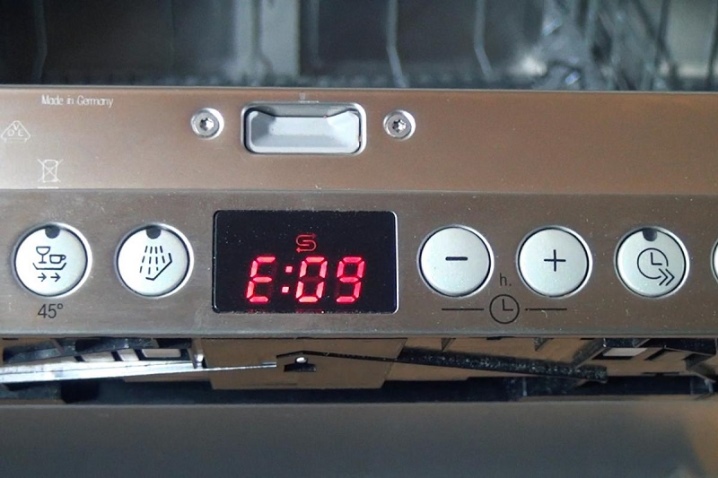
How to replace?
Many repair services insist that the replacement of the heating element should be entrusted to professionals, and not done by hand. The motivation for such statements is very clear - the services need to earn money. With relatively simple knowledge of the dishwasher device, it is quite possible to eliminate the defect on your own. First of all, you need to buy a flawlessly fitting part. You will have to focus on the nameplate and technical documentation for the product.
It is advisable to purchase original parts. But sometimes it becomes necessary to buy a similar model. In this case, it is worth asking if the manufacturer recommends it. The cheapest parts can end up costing more than the apparent savings.
It is also necessary to check the reputation of the sellers.
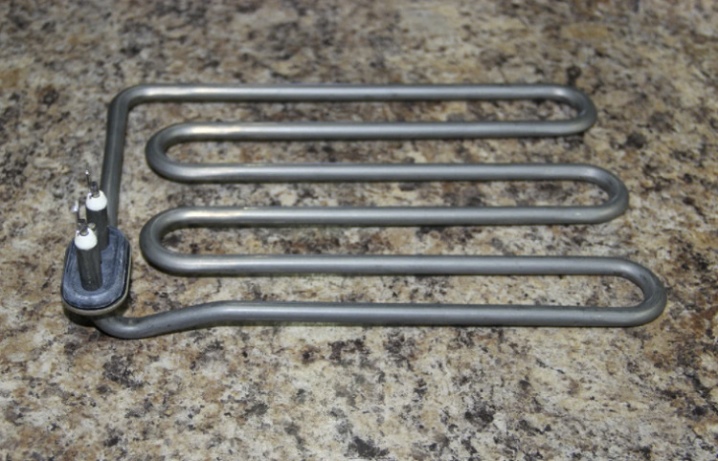
The usual replacement sequence is:
- disconnect the device from the network;
- lay a towel or other cloth;
- turn the device to one side;
- remove the base;
- take out the hopper trays;
- remove the lower spray;
- take out the drainage filter;
- wipe off the water;
- clean the drainage hole;
- turn off the sensor;
- unclamp the fasteners;
- turn off the wiring chips;
- remove the problem heating element.
Installation of a new heating element and restoration of the entire heater assembly is carried out in the reverse order.
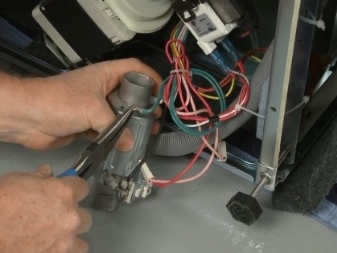
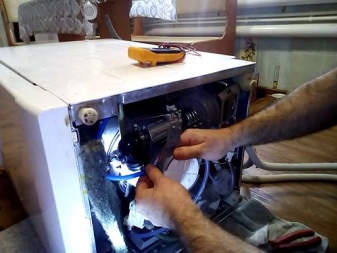
You can find out how to replace the ten in the dishwasher with your own hands from the video below.













The comment was sent successfully.